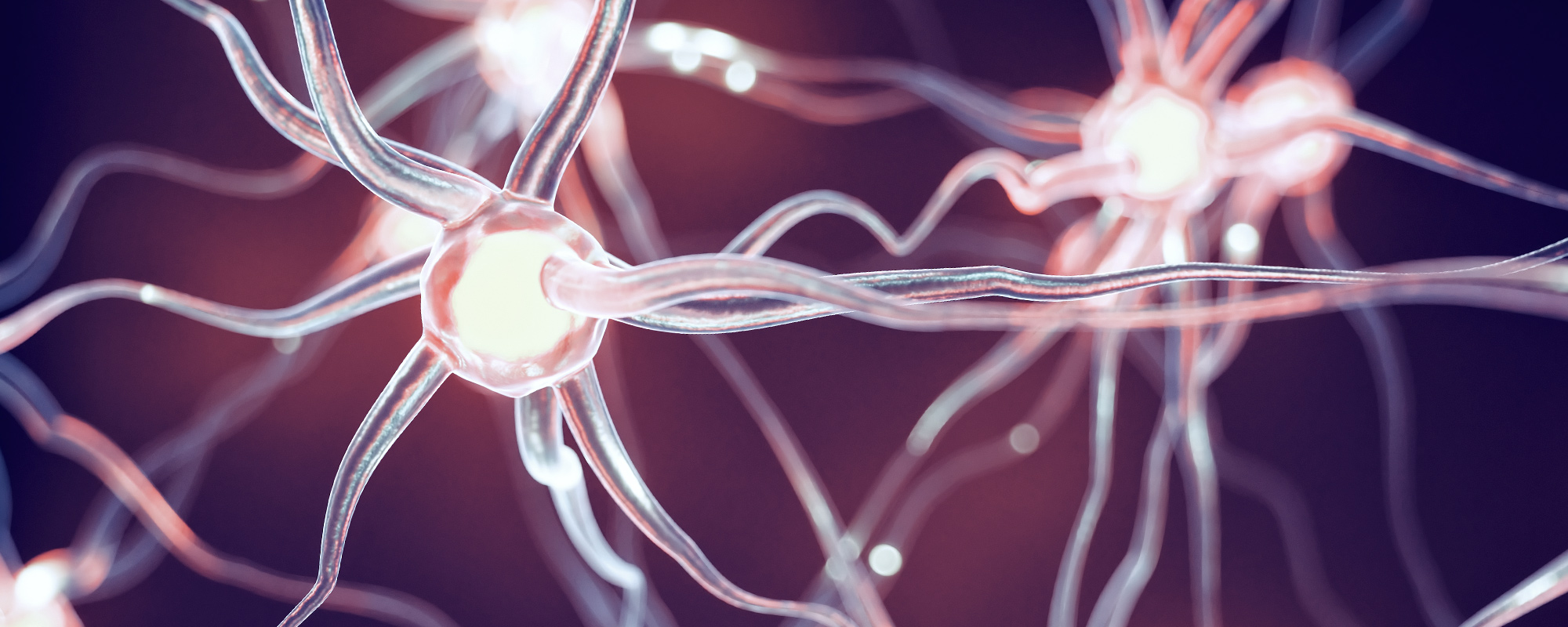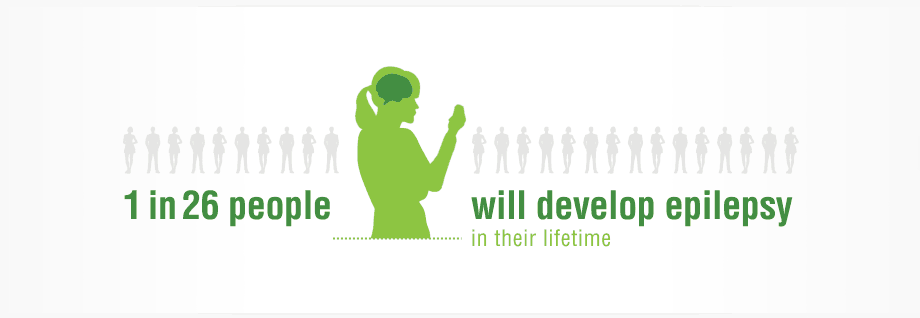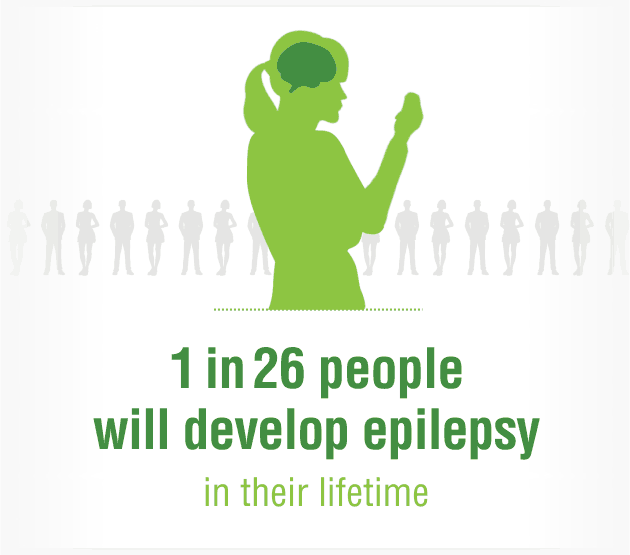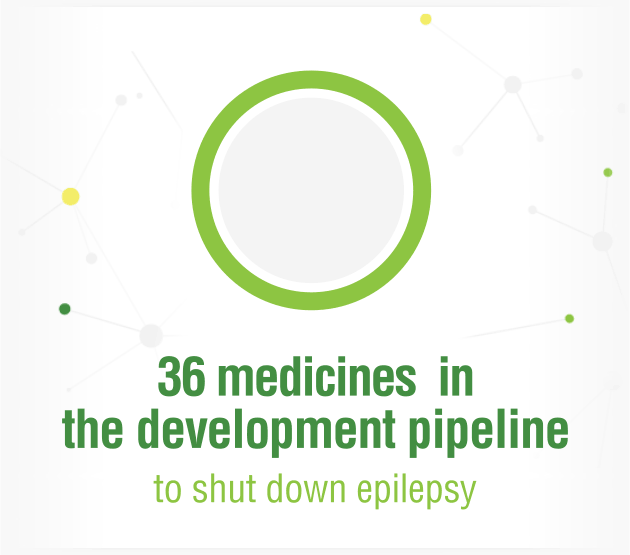Innovative Treatments Are Transforming Patients’ Lives and the Face of Epilepsy
Uncertainty. This sentiment has clouded Loretta’s life since she was a teenager. At just 13 years old, Loretta was shocked to be diagnosed with epilepsy after experiencing her first seizure at school in front of her classmates. At the time, the disorder was widely stigmatized due to little understanding of its cause, making an already trying condition much more challenging. Fortunately, greater understanding about the disorder has paved the way for more open attitudes and awareness, as well as innovative targeted treatments. Now an adult, Loretta is living seizure-free and is an advocate for epilepsy awareness. And with biopharmaceutical researchers working tirelessly to develop new therapies, the future for epilepsy patients is more stable than ever.





